What Is Winnowing – Chaff And Winnowing Garden Seeds
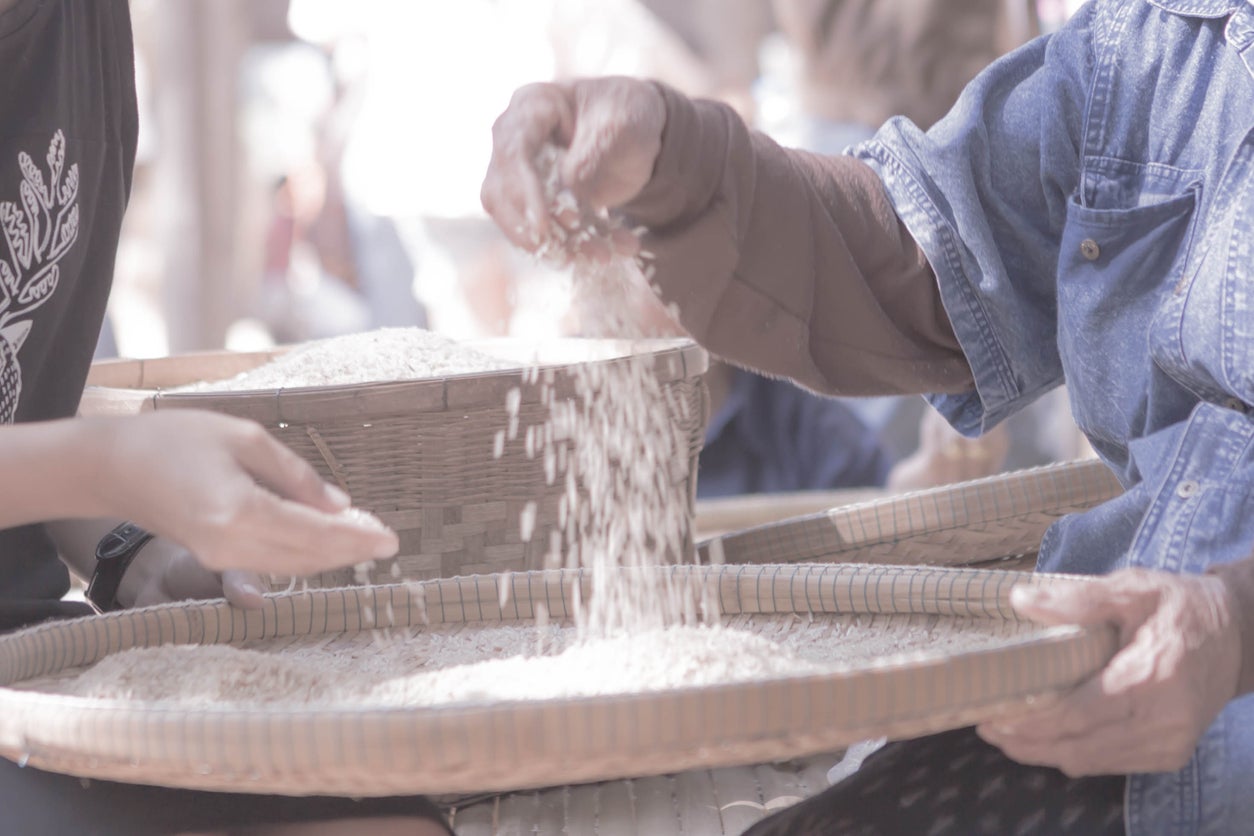

Growing your own grain in the garden, like wheat or rice, is a practice that’s gaining in popularity, and while it’s a little intensive, it can also be very rewarding. There’s a certain amount of mystery surrounding the harvest process, however, and some vocabulary that doesn’t often show up in other types of gardening. A couple obvious examples are chaff and winnowing. Keep reading to learn the meanings of these words, and what they have to do with harvesting grain and other crops.
What is Chaff?
Chaff is the name given to the husk surrounding a seed. Sometimes, it can apply to the stem attached to the seed as well. In basic terms, chaff is all the stuff you don’t want, and that needs to be separated from the seed or grain after harvest.
What is Winnowing?
Winnowing is the name given to that process of separating the grain from the chaff. This is the step that comes after threshing (the process of loosening the chaff). Often, winnowing uses airflow – since the grain is much heavier than the chaff, a light breeze is usually enough to blow the chaff away, while leaving the grain in place. (Winnowing can actually refer to the separating of any seed from its husk or outer shell, not just grain).
How to Winnow
There are a couple different methods for winnowing chaff and grain on a small scale, but they follow the same basic principle of allowing the lighter debris to blow away from the heavier seeds.
One simple solution involves two buckets and a fan. Place an empty bucket on the ground, pointing a fan set to low just above it. Lift the other bucket, filled with your threshed grain, and slowly pour it into the empty bucket. The fans should blow through the grain as it falls, carrying away the chaff. (It’s best to do this outside). You may have to repeat this process a few times to get rid of all the chaff.
If you have a very small amount of grain, you can winnow with nothing more than a bowl or winnowing basket. Just fill the bottom of the bowl or basket with threshed grain and shake it. As you shake, tilt the bowl/basket to its side and blow gently on it – this should cause the chaff to fall over the edge while the grain stays in the bottom.
Gardening tips, videos, info and more delivered right to your inbox!
Sign up for the Gardening Know How newsletter today and receive a free copy of our e-book "How to Grow Delicious Tomatoes".

The only child of a horticulturist and an English teacher, Liz Baessler was destined to become a gardening editor. She has been with Gardening Know how since 2015, and a Senior Editor since 2020. She holds a BA in English from Brandeis University and an MA in English from the University of Geneva, Switzerland. After years of gardening in containers and community garden plots, she finally has a backyard of her own, which she is systematically filling with vegetables and flowers.
-
 8 Noteworthy Native Azaleas Every Gardener Should Know – And Grow!
8 Noteworthy Native Azaleas Every Gardener Should Know – And Grow!Native azaleas offer brilliant blooms in a range of colors and sizes. Here are a few favorites to get inspired and start working on a native shade garden!
-
 Growing Climbing Roses: How To Create Elegant Displays With Maximum Blooms
Growing Climbing Roses: How To Create Elegant Displays With Maximum BloomsMaster the art of growing stunning climbing roses with this essential guide to creating vibrant, fragrant walls and structures all summer long.
-
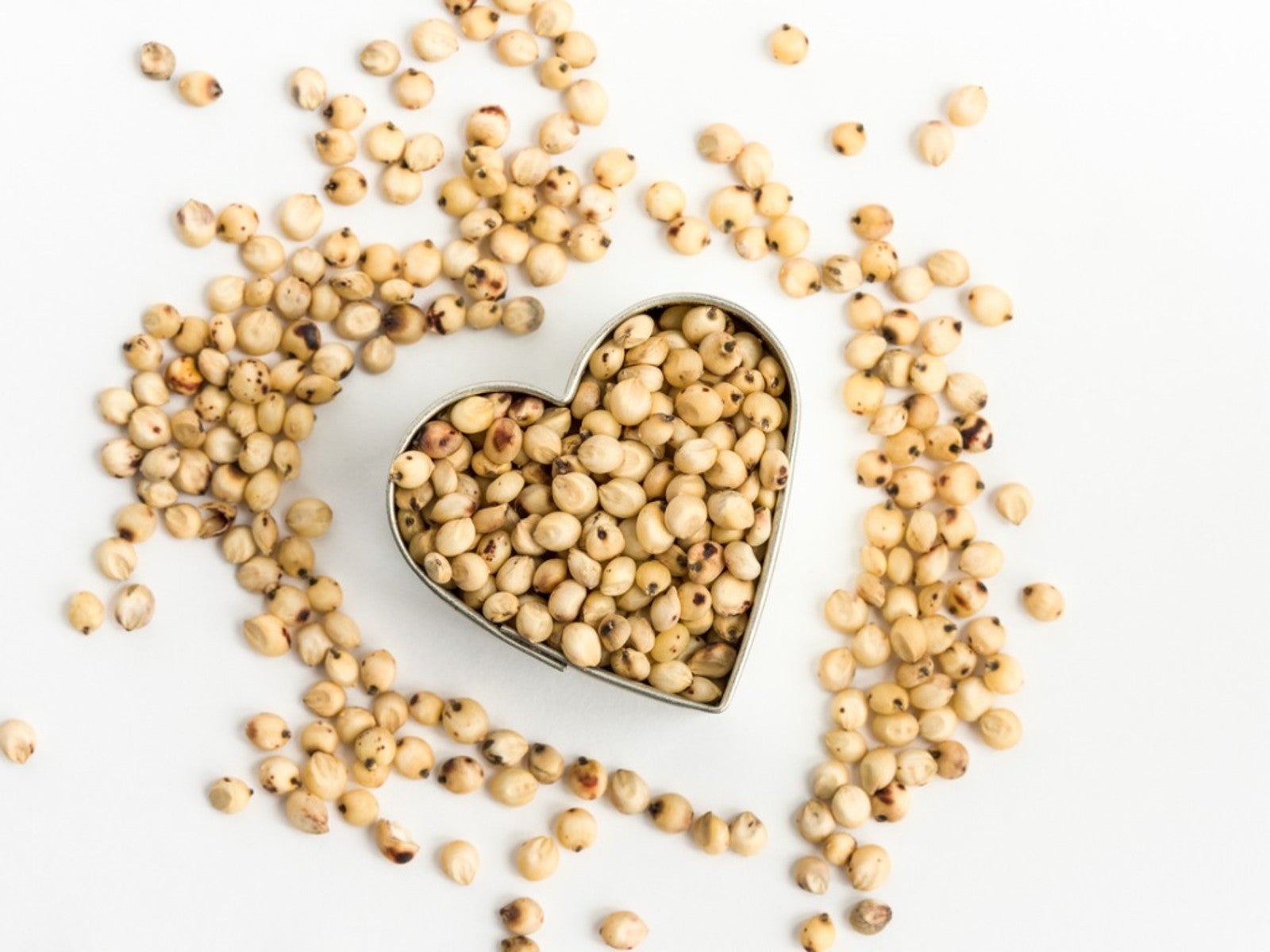 Gluten Free Grain: How To Grow Sorghum As A Gluten Free Substitute
Gluten Free Grain: How To Grow Sorghum As A Gluten Free SubstituteSorghum doesn't enjoy as much popularity today as it did in the 1800s. But it is making a comeback.
-
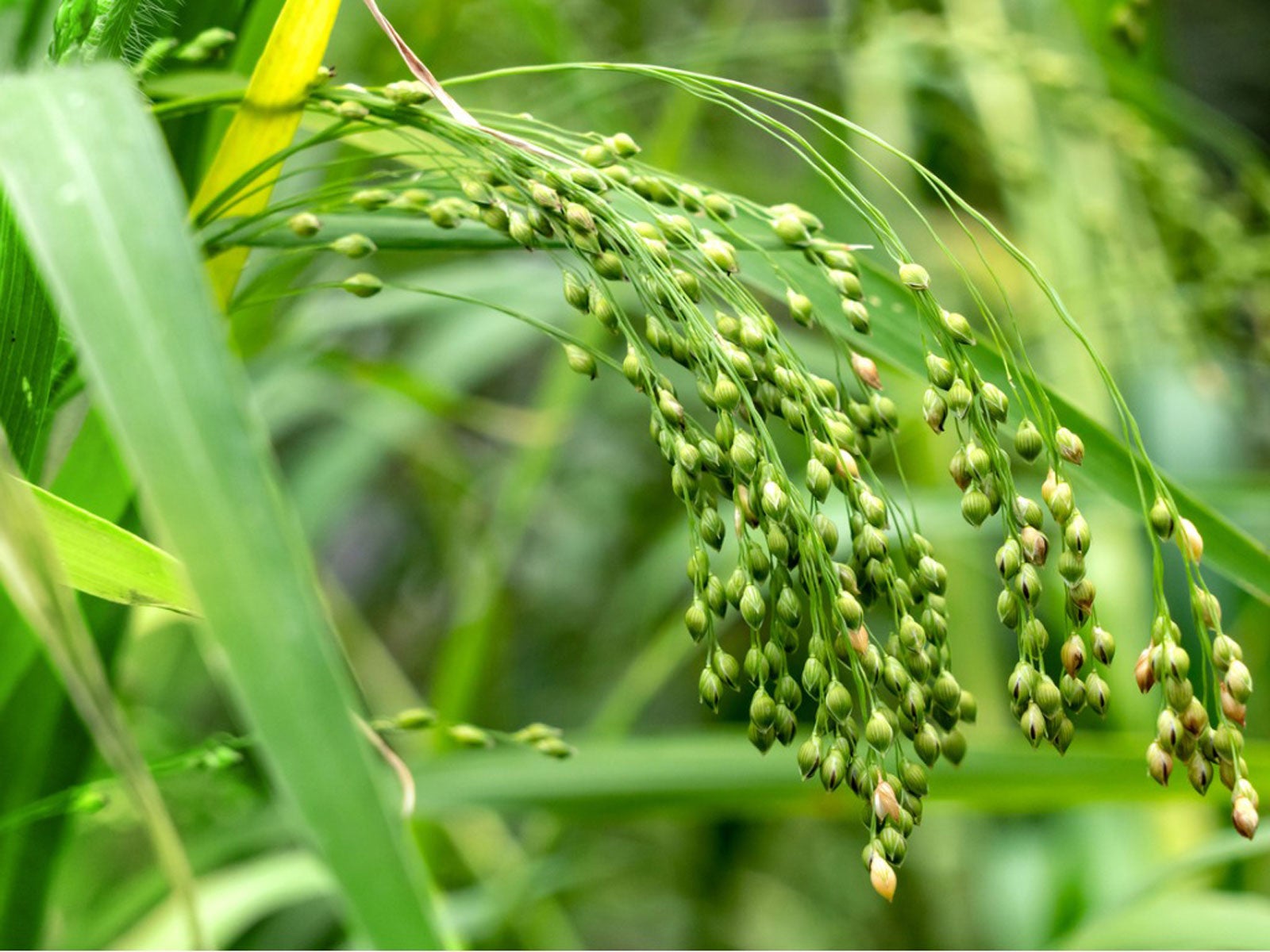 Wild Millet Grass – Learn About Growing Proso Millet Plants
Wild Millet Grass – Learn About Growing Proso Millet PlantsIt looks like a corn seedling, but it's not. Birds flock to it, but farmers may not. Is wild millet a weed or a beneficial plant? Click here to find out.
-
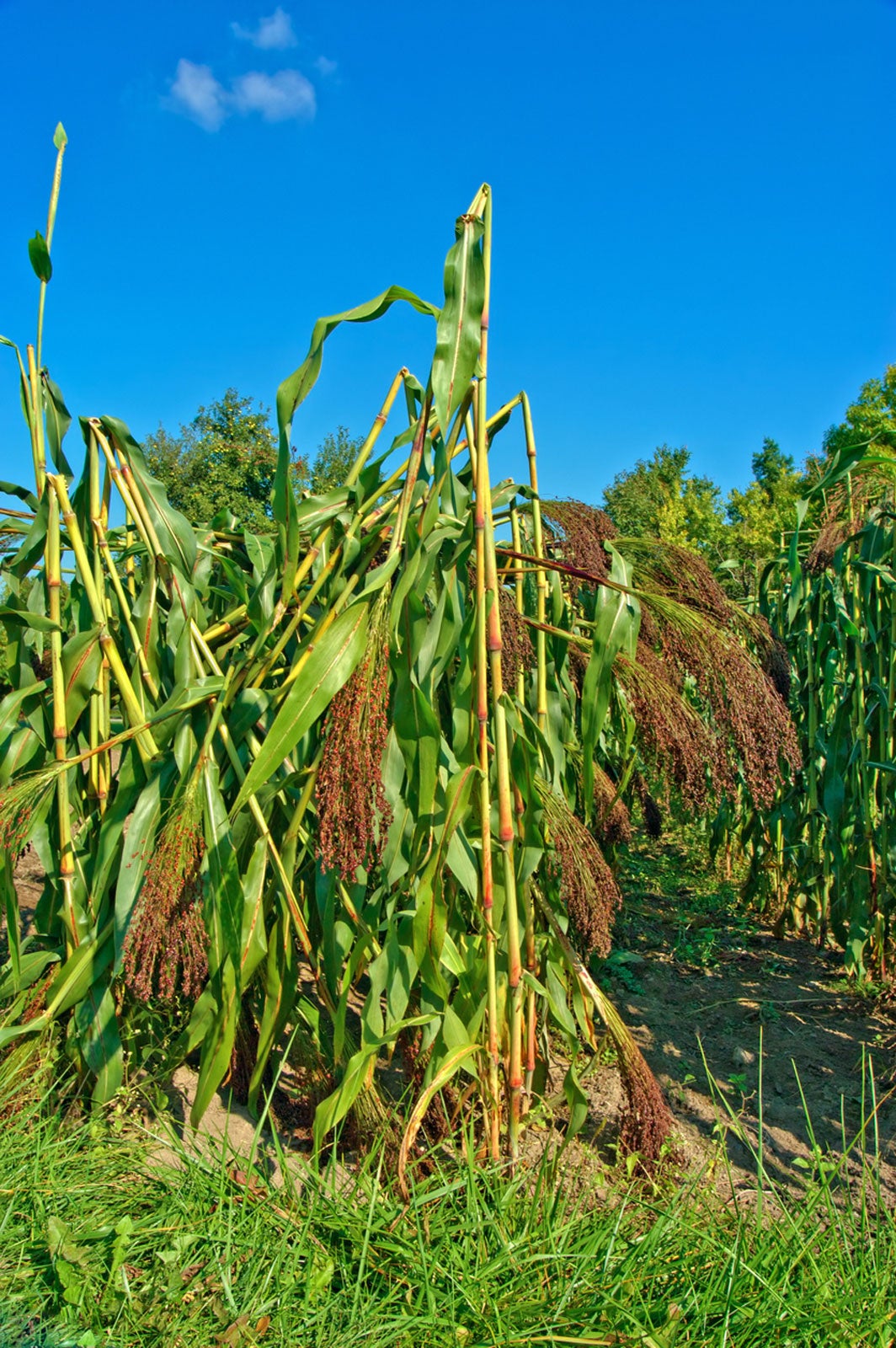 Using Broomcorn For Crafts – How To Harvest Broomcorn Plants
Using Broomcorn For Crafts – How To Harvest Broomcorn PlantsBroomcorn produces big, fluffy seed heads that resemble the end of a broom. If you’re feeling crafty and would like to know more about using broomcorn as well as tips on harvesting the plant, click this article to learn more.
-
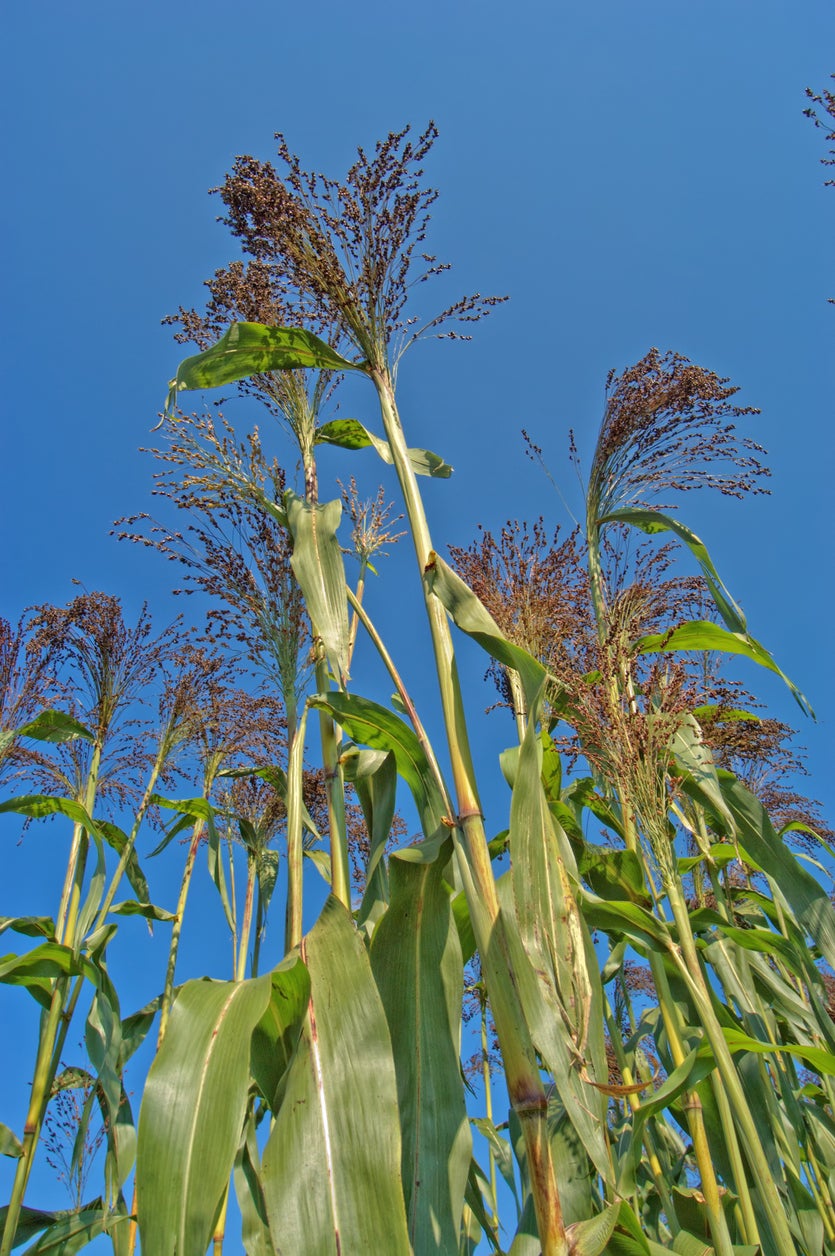 What Is Broomcorn – How To Grow Broomcorn Plants
What Is Broomcorn – How To Grow Broomcorn PlantsDo you wonder where those broom straws originate, the ones that are bound tightly into the broom you may still use for sweeping porches and hardwood floors inside? These fibers come from a plant called broomcorn, a variety of sorghum. Learn more here.
-
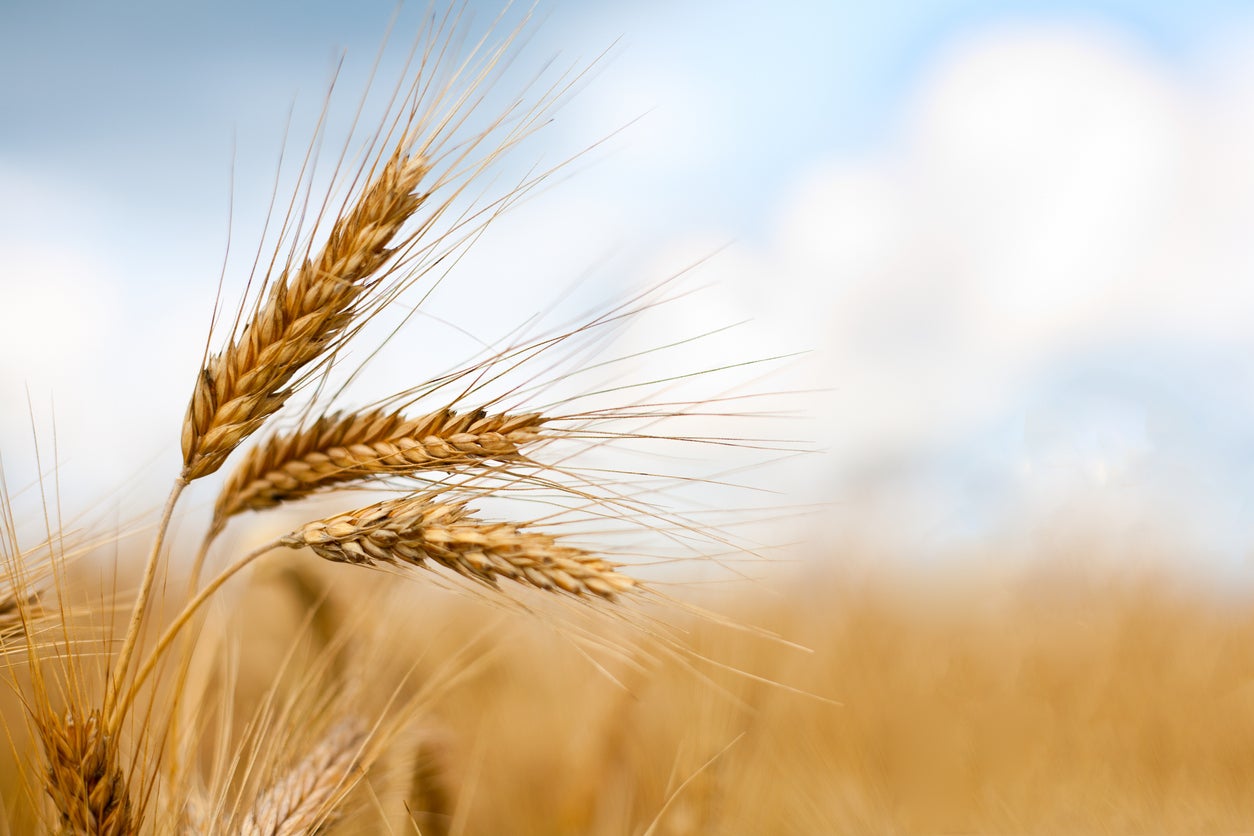 Harvesting Small Grains: How And When To Harvest Grain Crops
Harvesting Small Grains: How And When To Harvest Grain CropsHarvesting small grains as an individual can be tricky, without big threshing machines, but our ancestors did it and so can we. Knowing when to harvest grain is the first step, but you also need to know how to thresh, winnow and store it for best results. This article can help.
-
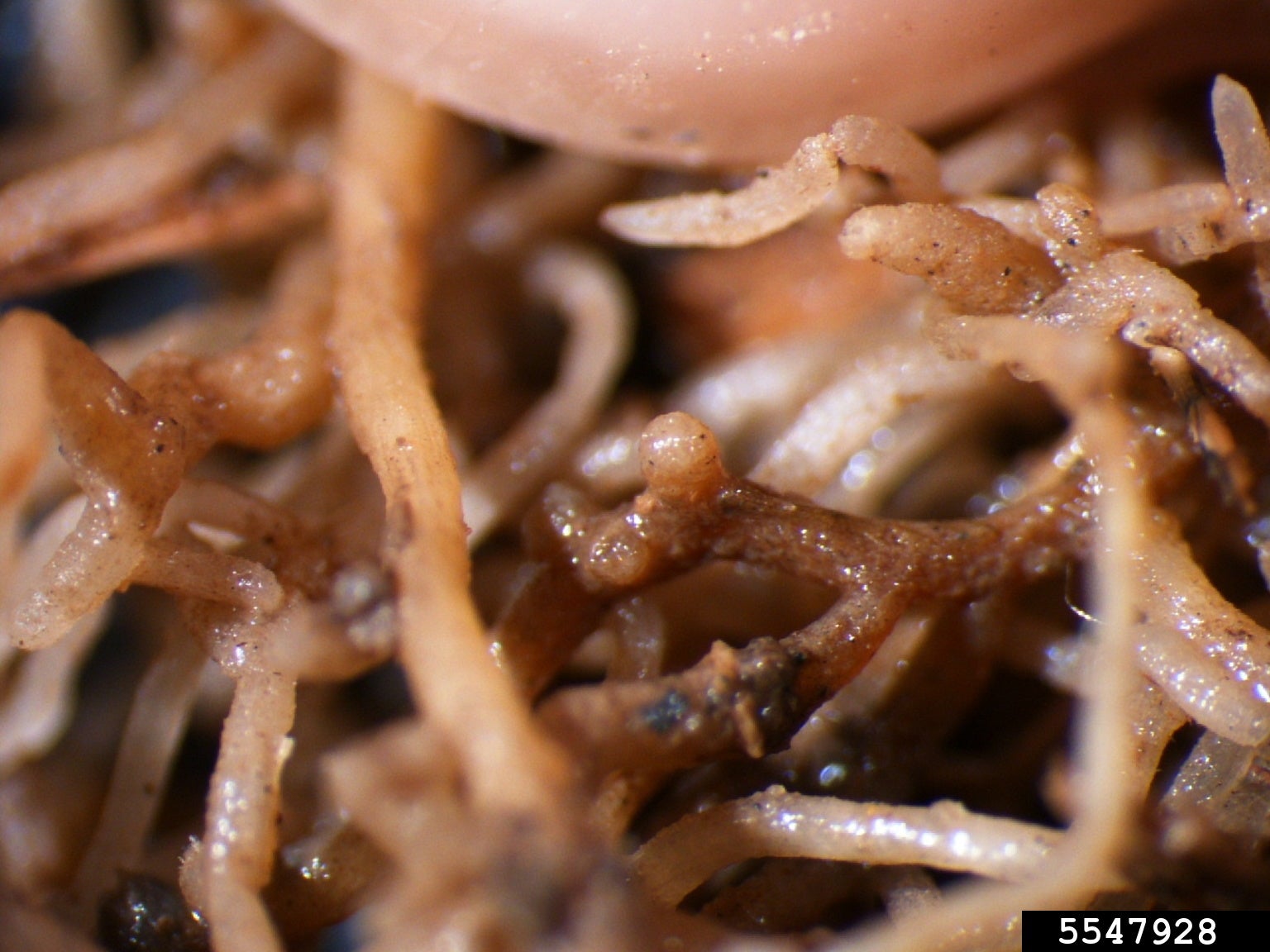 What Are Cereal Cyst Nematodes – How To Stop Cereal Cyst Nematodes
What Are Cereal Cyst Nematodes – How To Stop Cereal Cyst NematodesLess vulnerable to warm season pests, issues do arise during the cool season when growing grains. One of the most prominent issues is cereal cyst nematodes. If you’re curious and asking, “what are cereal cyst nematodes,” click here for an explanation.
-
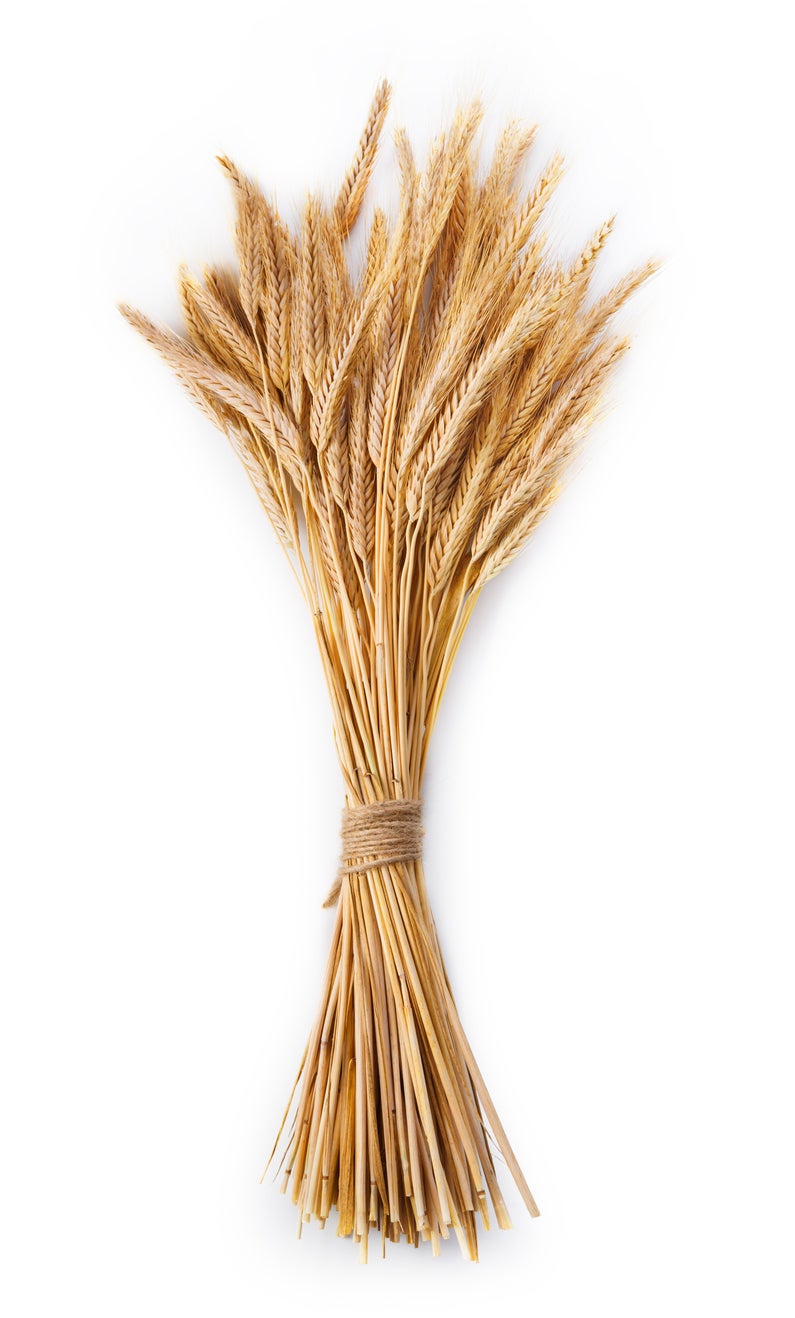 Growing Small Grain Crops – Small Grain Information for Home Gardeners
Growing Small Grain Crops – Small Grain Information for Home GardenersMore gardeners are beginning to shift their attention to multi-purpose crops like small grains, which serve multiple functions in commercial applications, homesteads, and family farms. Growing small grains is a rewarding way to maximize space and yields. Learn more here.
-
 Seed And Chaff Separation – How To Separate Seed From Chaff
Seed And Chaff Separation – How To Separate Seed From ChaffHave you heard of the phrase ‘separating the wheat from the chaff’? It’s likely that you didn’t give too much thought to the saying, but it refers to separating seeds from chaff. What is chaff and why is seed and chaff separation important? Find out in this article.